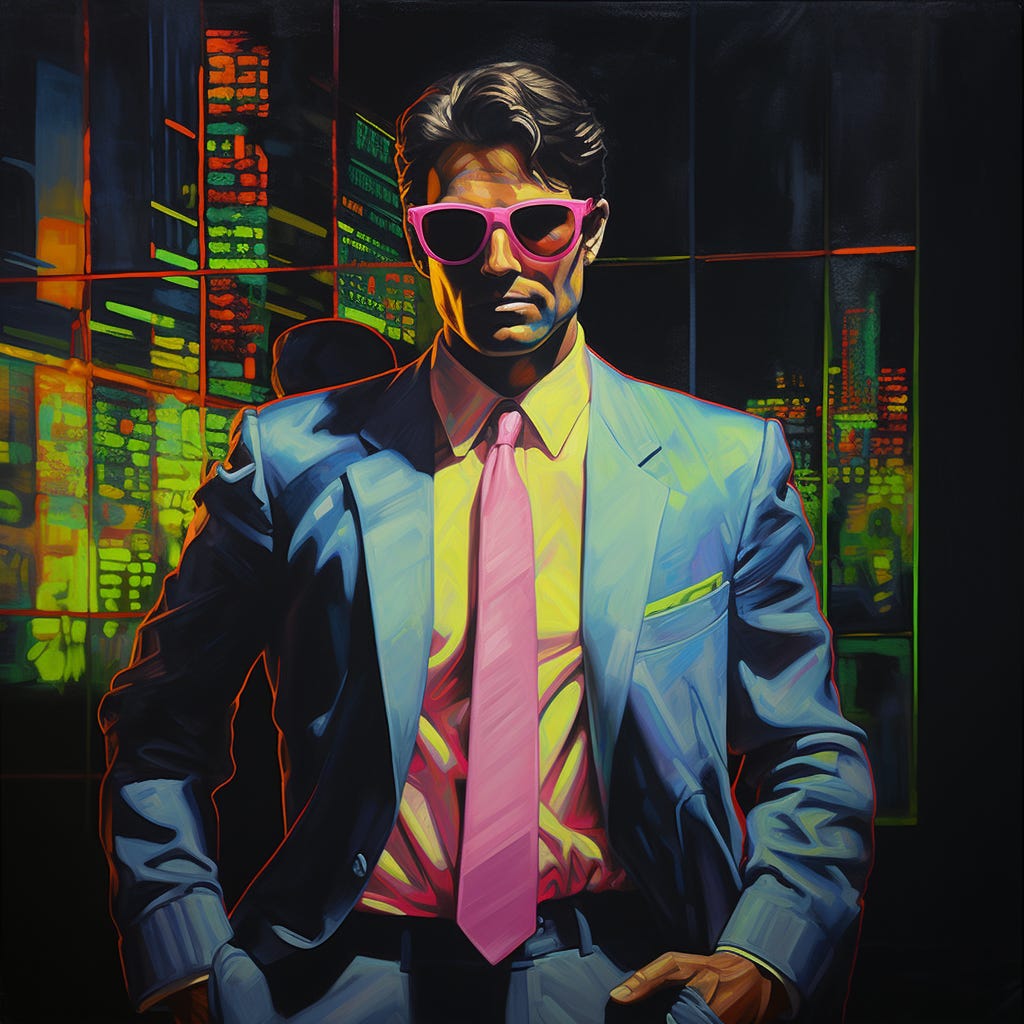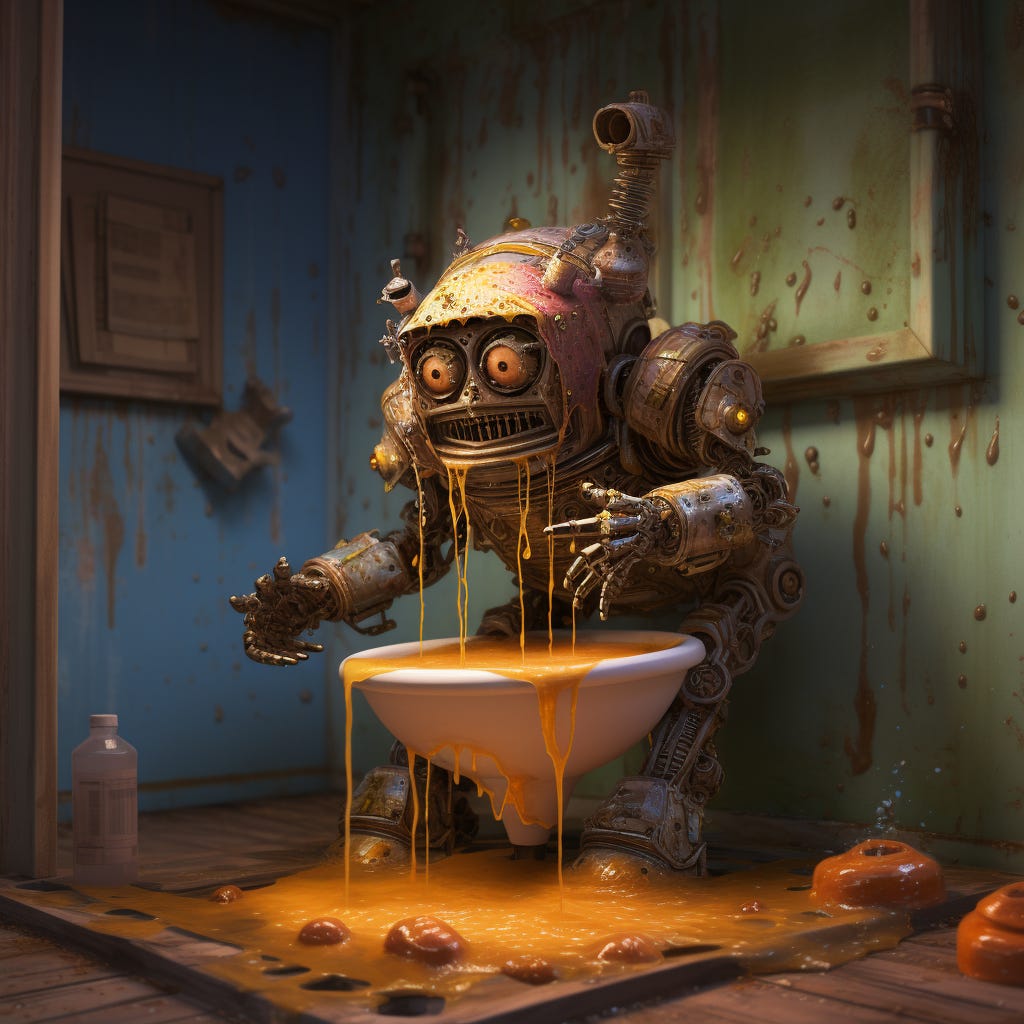“The Efficient Market Hypothesis” states - in broad strokes - that the stock market accurately prices assets1 and retail investors can’t beat the market2 and earn excess returns.
Ironically, to whatever degree this is true, it only works because so many firms and individuals DON’T believe it. The only way the market arrives at an efficient price is because so many people spend their days poring over data3 to help them determine if the current market price of an asset is too high or too low. These people get a price that is “good enough”4 for retail investors, who can simply buy an index fund5 and move on. In turn, the thinning crowd of price-setters re-opens opportunities for inefficient market believers.
AI is doing the same thing to creative outputs. Retail creative buyers can get “good enough” art from AI and move on. Of course, they can only do this because of the vast (and growing) corpus of art made by people who DIDN’T use AI6. So, most “retail” art buyers (like me for this post) can get “good enough” art and move on.
“What KIND of artist are you?”
But as more and more people use the same three AI engines to generate art the value of working outside of those systems will go up.
Many people can already spot AI-generated art; it’s got a look. This may be improved over time, but the existing image generation methodologies are constrained by the training set. You won’t get NEW art out of an AI until we get totally new algorithms.
People are using AI to write website pages and blog posts at a dizzying rate. The value of this digital regurgitation (for both users and web crawlers) is zero AT BEST7. In a few years, no one, not even SEO spiders, is going to be reading this stuff.
The irony of me using AI images to make fun of your AI articles…
So while the price of this “good enough” type of work is going to basically zero, that’s not the only type of creative work out there. For true artists or (old-school) advertisers, the ability to attract attention by NOT using AI will increase. For savvy players, this may come with an increase in pricing power too.
Index funds, based on accepting the efficient market hypothesis, absolutely flattened the prices for retail investing. But that doesn’t seem to have harmed pricing power for hedge funds (or non-publicly-traded vehicles like PE and VC8). AI is going to flatten “make the logo bigger” prices, but where attention and differentiation are necessary, there is going to be a premium to be had.
On average
On average
Or writing computer programs to pore over data
On average
FINANCIALLY good enough. To simplify the politics here, don’t do this unless they are Strive funds. If you have the time, buy individual stocks and vote your own proxies.
An argument for MUCH stronger enforcement of copyrights for data used in (and therefore copied to) training datasets.
This post was prompted, in part, by a breathless LinkedIn post about how using AI to write website pages is the future and how everyone should be doing it (by hiring the poster, naturally).
What’s the creative analog to non-publicly-traded assets? Branded and trademarked creative and characters (a la Disney)? Offline-only media?




This post was prompted, in part, by a breathless LinkedIn post about how using AI to write website pages is the future and how everyone should be doing it (by hiring the poster, naturally).
To paraphrase Seth Godin -- the problem with the race to the bottom is that you might win. As you said, though, this silliness makes it so much easier to stand out.